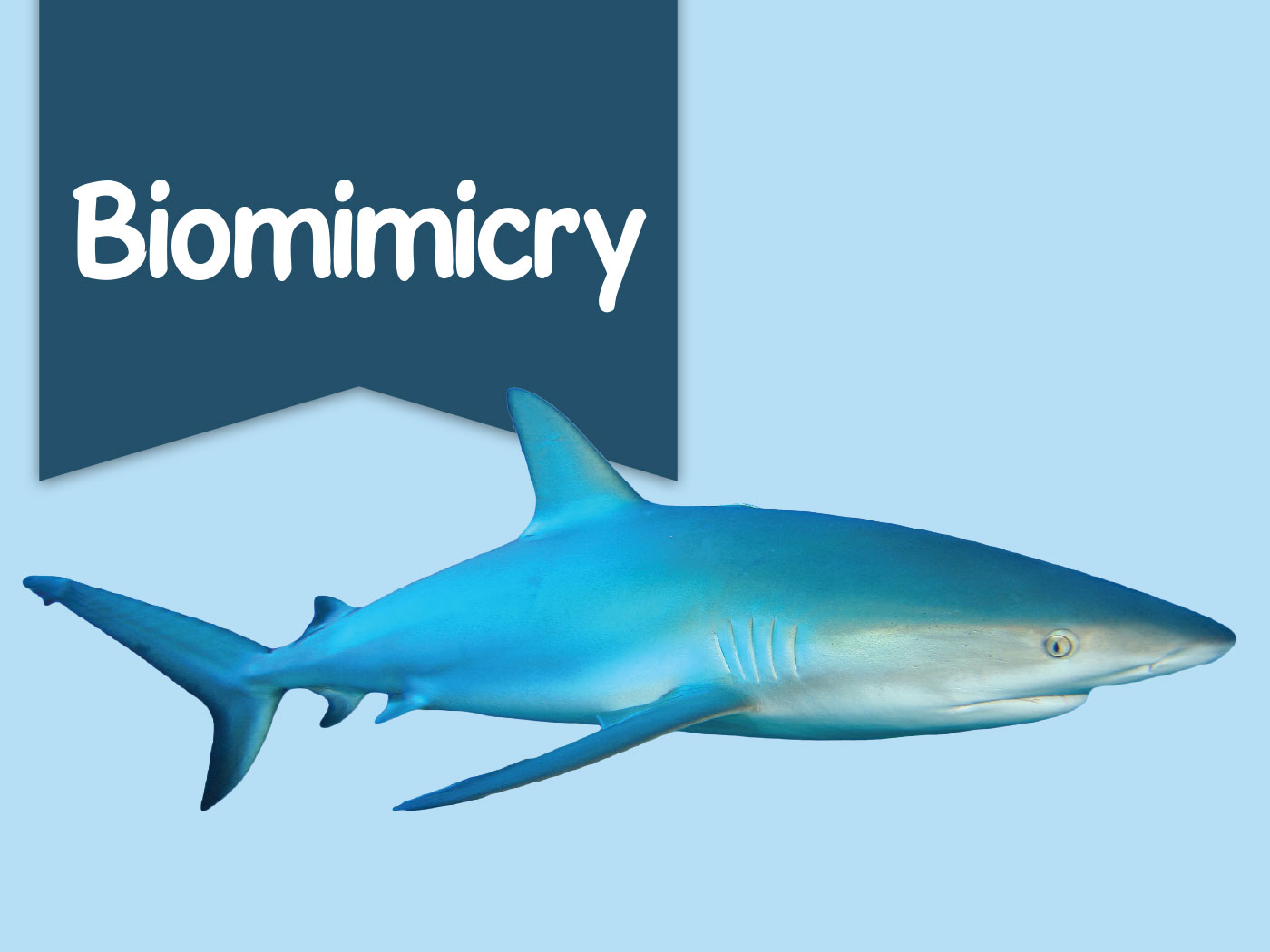If fossils really are millions of years old, then the Bible has problems. It would place death before sin—undermining the work of Christ on the cross.1 It would also fictionalize the Bible’s timeline—undermining confidence in scriptural authority and accuracy.2 However, if fossils were deposited only thousands of years ago, then the biblical record stands firm. Fortunately, secular researchers have discovered timers that show fossils formed only thousands of years ago, as expected from God’s Word.
1. Numerous fossils preserve original animal pigments. No decay experiment as much as hints that these admittedly hardy biochemicals could last even one million years. Some fossil pigments are still so vibrant that paleontologists used them to reconstruct colorful bird-feather patterns3-5 and dinosaur skin shades.6 Another team drew a picture of a Jurassic squid using its own preserved ink.7
2. A tough biomolecule called chitin (KITE-in) makes up scorpion9 and insect shells,10 fungi,11 and cuttlefish.12 If chitin could last virtually indefinitely, then ocean floors would be filled with discarded krill shells. Ant and other arthropod carcasses would litter land surfaces around the world. A German-led research team recently identified chitin in a Cambrian sponge,13 and a separate team found fossilized, flexible chitin protien from tube worms found in a deep-rock core sample.
3. Some rare fossils even preserve hemoglobin remnants, for example in a mosasaur from Kansas15 and bright red tissue deep inside a T. rex leg bone from Montana.16 Hemoglobin contains iron, which slows microbe growth, helping explain why microbes have not yet eaten the protein. But even without microbes around, hemoglobin chemically decays in fewer than one million years.17
4. Somewhat like hemoglobin, ovalbumin protein can trap heavy metals. Possibly this helps it survive for thousands of years, but like all highly organized structures, ovalbumin should decay into tiny, disorganized chemicals (like carbon dioxide) in far fewer than a million years. What’s it doing in dinosaur eggs?19
5. The journal Nature published the first images of dinosaur bone collagen fibrils a half-century ago in 1966.20 Since then, many other techniques confirmed collagen in unmineralized fossil bones and skin.21-24 Lab bench decay experiments repeatedly confirm that bone collagen, one of the most durable materials in the body, does not last even one million years at normal outdoor temperatures.25
6. Microbes like bacteria do not make or contain pigments, chitin, hemoglobin, ovalbumin, or collagen, so to claim that bacteria somehow brought them into fossils ignores reality. And just in case those biochemicals aren’t enough to mystify secular thinking, some fossils contain whole tissues. Researchers used weak acid to remove bone mineral and expose a hand-size sheet of flexible osteoid tissue inside a Triceratops horn,26 and another team found intact blood vessels in hadrosaur and other bones.27
These rare fossils yield only small amounts of partly degraded proteins or tissues. Protein decay studies model the best possible preservation scenarios, yet they established protein shelf life at fewer than about one million years or somewhat longer if held in a deep freeze. If these fossils formed 70 to 500 million years ago according to secular age assignments, then why do they contain still-ticking timers that expire before one million years? Removing fossils’ secular age assignments explains these discoveries and fits the Bible’s record of a recent creation.
References
- “But here is the problem. If death existed before Adam, then death is not the penalty for sin. How, then, did Christ’s death pay the penalty for our sin? If death is not tied to Adam’s sin, then life is not tied to Christ’s death and resurrection, and the Christian faith is all in vain.” Morris, J. D. Death before Sin? Days of Praise. Posted on ICR.org December 22, 2012, accessed November 1, 2016.
- Morris, H. M. Biblical Accuracy. Days of Praise. Posted on ICR.org November 1, 2016, accessed November 1, 2016.
- Manning, P. L. et al. 2013. Synchrotron-based chemical imaging reveals plumage patterns in a 150 million year old early bird. Journal of Analytical Atomic Spectrometry. 28 (7): 1024-1030.
- Wogelius, R. A. et al. 2011. Trace Metals as Biomarkers for Eumelanin Pigment in the Fossil Record. Science. 333 (6049): 1622-1626.
- Clarke, J. A. et al. 2010. Fossil Evidence for Evolution of the Shape and Color of Penguin Feathers. Science. 330 (6006): 954-957.
- Vinther, J. et al. 2016. 3D Camouflage in an Ornithischian Dinosaur. Current Biology. 26 (18): 2456-2462.
- Glass, K. et al. 2012. Direct chemical evidence for eumelanin pigment from the Jurassic period. Proceedings of the National Academy of Sciences. 109 (26): 10218-10223.
- Weimann, J. et al. 2015. The blue-green eggs of dinosaurs: How fossil metabolites provide insights into the evolution of bird reproduction. PeerJ Preprints. 3: e 1323.
- Cody, G. D. et al. 2011. Molecular signature of chitin-protein complex in Paleozoic arthropods. Geology. 39 (3): 255-258.
- Schmidt, A. R. et al. 2012. Arthropods in amber from the Triassic Period. Proceedings of the National Academy of Sciences. 109 (37): 14796-14801.
- Sephton, M. A. et al. 2009. Chemical constitution of a Permian-Triassic disaster species. Geology. 37 (10): 875-878.
- Weaver, P. G. et al. 2011. Characterization of Organics Consistent with β-Chitin Preserved in the Late Eocene Cuttlefish Mississaepia mississippiensis. PLoS ONE. 6 (11): e28195.
- Ehrlich, H. et al. 2013. Discovery of 505-million-year old chitin in the basal demosponge Vauxia gracilenta. Scientific Reports. 3 (3497).
- Moczydlowska, M., F. Estall, and F. Foucher. 2014. Microstructure and Biogeochemistry of the Organically Preserved Ediacaran Metazoan Sabellidites. The Journal of Paleontology. 88 (2): 224-239.
- Lindgren, J. et al. 2010. Convergent Evolution in Aquatic Tetrapods: Insights from an Exceptional Fossil Mosasaur. PLoS ONE. 5 (8): e11998.
- Schweitzer, M. H. et al. 1997. Heme compounds in dinosaur trabecular bone. Proceedings of the National Academy of Sciences. 94 (12): 6291-6296.
- Quarino, L. and L. Kobilinsky. 1988. Development of a radioimmunoassay technique for the detection of human hemoglobin in dried bloodstains. Journal of Forensic Sciences. 33 (6): 1369-1378.
- Schweitzer, M. H. et al. 2005. Soft-Tissue Vessels and Cellular Preservation in Tyrannosaurus rex. Science. 307: 1952-1955.
- Schweitzer, M. H. et al. 2005. Molecular preservation in Late Cretaceous sauropod dinosaur eggshells. Proceedings of the Royal Society B: Biological Sciences. 272 (1565): 775-784.
- Pawlicki R., A. Korbel, and H. Kubiak. 1966. Cells, Collagen Fibrils and Vessels in Dinosaur Bone. Nature. 211 (5049): 655-657.
- Asara, J. M. et al. 2007. Protein sequences from Mastodon and Tyrannosaurus rex Revealed by Mass Spectrometry. Science. 316 (5822): 280-285.
- Gurley, L. R. et al. 1991. Proteins in the fossil bone of the dinosaur, Seismosaurus. Journal of Protein Chemistry. 10 (1): 75-90.
- Avci, R. et al. 2005. Preservation of Bone Collagen from the Late Cretaceous Period Studied by Immunological Techniques and Atomic Force Microscopy. Langmuir. 21 (8): 3584-3590.
- Bertazzo, S. et al. 2015. Fibres and cellular structures preserved in 75-million-year-old dinosaur specimens. Nature Communications. 6: 7352.
- Buckley, M. et al. 2008. Comment on “Protein Sequences from Mastodon and Tyrannosaurus rex Revealed by Mass Spectrometry.” Science. 319 (5859): 33.
- Armitage, M. H. and K. L. Anderson. 2013. Soft sheets of fibrillar bone from a fossil of the supraorbital horn of the dinosaur Triceratops horridus. Acta Histochemica. 115 (6): 603-608.
- Schweitzer, M. H. et al. 2009. Biomolecular Characterization and Protein Sequences of the Campanian Hadrosaur B. canadensis. Science. 324 (5927): 626-631.
*Mr. Thomas is Science Writer at the Institute for Creation Research.














